
The Mandarin’s House has opened to the public again from 5th Feb after eight years of restoration work. The house is currently hosting an exhibition about the restoration work which was started in July 2001, when the Cultural Affairs Bureau of Macau took over the residence. The residence is located right in the middle of Macau’s historical centre and near one of the most famous squares, Largo do Lilau.
The construction of the residence was built around 1869 and was the ancestral home of Zheng Guanying. The residence was initiated by Zheng Wenrui, the father of Zheng Guanying, and was later expanded by the Zheng brothers. IT was designed in various architectural styles, including the Portuguese and Guangdong traditional features. This residence is a rare example of East-West architectural fusion meant to be found in Macau. The entire complex has more than 60 rooms in total and it is one of the few surviving examples of a traditional residence of the wealthy Chinese in Macau.
During the first phase of expansion, a museum next to the Mandarin’s House will be established. The government is planning to create a museum about Zheng Guanying’s life when he was living in the house. The government will also plans to transform the centre to the house into a memorial of Zheng Guanying. Experts from Shanghai and the Cultural Affairs Bureau of Macau are working together to collect more information about Zheng.
Cheng Kuan Yin - alias Chuang Kai Wa (1812-1893) was a scholar and a very wealthy men, friend of Sun Yat Sen, founder of the Chinese republic who met in this compound to discuss problems and solutions for a modern China.
The Mandarin’s House is located in Travessa de Antonio da Silva, Lilau Square.
The space is open daily from 10 am to 6 pm, and is closed on Wednesdays and Thursdays. Entries are in limited numbers for safety reasons.
More information on
http://www.wh.mo/mandarinhouse
澳門歷史城區”之一鄭家大屋對外開放, 料鄭觀應生平展館、文史資料館等工程於三年內建成。 鄭家大屋透過與旅遊局合作, 屆時把周邊的亞婆井前地、港務局大樓、媽閣廟、主教山及聖老楞佐堂等景點串連起來, 拓展旅遊路線, 發揮環境優勢。
由2月5日下午3時起, 市民及遊客可入內參觀“鄭家大屋修復展示”, 是次“鄭家大屋修復展示”, 巿民及遊客將可重點觀看鄭家大屋歷經八年的修復成果, 公眾可欣賞鄭家大屋的多處空間包括轎道、大花園、文昌廳以及主體建築部分的餘慶堂及積善堂地面層及樓上大廳等。 此外大屋內尚設展覽室, 通過大屋修復前後面貌照片、修復材料、建築模型及建築構件展示等, 有助公眾在新舊對比中, 了解文化遺產修復的艱巨性和複雜性, 從而倍加珍視。 “鄭家大屋修復展示”平日的參觀時間由上午10時至下午6時,逢星期三、四休館。 為保護這一重要的文化遺產, 鄭家大屋將實行人流管制措施: 同一時間全屋最多接待100名公眾; 同一時間,餘慶堂地面層、樓上大廳及積善堂地面層分別最多接待20名公眾。
鄭家大屋是近代著名思想家鄭觀應的故居, 據掛設於屋內餘慶堂大廳的木牌匾楹聯所示, 其建造年份應在1869年之前, 為一院落式大宅。 大屋由鄭觀應之父鄭文瑞始建, 其後鄭觀應及其兄弟陸續修建, 規模不斷擴大, 現佔地4000平方米, 由多座不同風格建築及開放空間組成, 大小房間共有六十多間, 是澳門少見的家族式建築群。 該建築既有鮮明傳統廣東民宅特點, 亦隨處流溢西方建築特色, 充分體現了澳門中西文化交融的特徵。
澳門文化局自2005年起與上海圖書館合作, 共同出版了《鄭觀應文獻選集》系列叢書, 包括《盛世危言》、《鄭觀應檔案名人手札》及《香山鄭慎餘堂待鶴老人囑書》等, 今年將會出版鄭觀應的工作日記《長江日記》。 在音像資料方面2008年與上海音像資料館合作製作了《鄭觀應》文獻紀錄片, 目前則在製作《鄭觀應與洋務運動》文獻紀錄片, 專題介紹鄭觀應在洋務運動中, 對中國航運、電報、紡織、礦冶和鐵路業等所作的貢獻。
為讓公眾更便捷地了解鄭家大屋的資訊,文化局開設了鄭家大屋專題網頁 www.wh.mo/mandarinhouse
鄭家大屋地址:龍頭左巷10號(阿婆井前地對面)
鄭家大屋服務專線: 2896 8820
Saturday, February 6, 2010
Mandarin’s House opens to the public 澳門歷史城區”之一鄭家大屋對外開放 (澳门历史城区”之一郑家大屋对外开放)
Posted by seemacau at 11:08 AM 6 comments
Labels: Historical Sites, Museums, Portuguese Architectures, World Heritages
Saturday, June 13, 2009
Ruins of St. Paul’s among one of “New 7 Wonders of Portuguese Origin” 大三巴牌坊獲選為“葡萄牙人建造的新七大奇觀” (大叁巴牌坊获选为“葡萄牙人建造的新七大奇观”)
Ruins of St. Paul’s is listed as one of the monuments among the “New 7 Wonders of Portuguese Origin”. The winning monuments of the competition were announced on June 10 - the Portugal National Day, in a ceremony held in Portugal.
Macau Government Tourist Office said the listing is honored to us and it certainly will help to promote Macau in Portugal and the Portuguese speaking countries. With the history and architectural elements of the Ruins of St. Paul’s, the structure now becomes one of the most famous landmark in Macau.
Other sites of the “New 7 Wonders of Portuguese Origin” include monuments in India, Morocco, Cape Verde and Brazil. The monuments were selected from a total of 27, located in 16 countries.
澳門大三巴牌坊被列為“葡萄牙人建造的新七大奇觀”其中一座建築物。 獲選名單於葡國日(6月10日)在葡葡牙公佈。 澳門政府旅遊局表示, 很榮幸位於澳門的大三巴牌坊獲選, 這定能有助於葡萄牙及葡語系國家推廣澳門。 事實上大三巴牌坊的歷史及建築元素, 已讓它成為澳門的地標及著名旅遊景點。
其他獲選“葡萄牙人建造的新七大奇觀”的建築分別位於印度、摩洛哥、佛得角及巴西。 7大奇觀從27個位於16個國家的建築物中選出。
Posted by seemacau at 2:50 AM 0 comments
Labels: Historical Sites, Portuguese Architectures, World Heritages
Wednesday, March 18, 2009
Macau in the past - First Series 昔日澳門 I (昔日澳门 I)
Pic Source : 西環的黃金歲月
View from Fortaleza do Monte towards Southern part of Macau
大炮台望向南澳門
View from Fortaleza do Monte towards Luís de Camões and Patane
大炮台望向白鴿巢, 沙梨頭一帶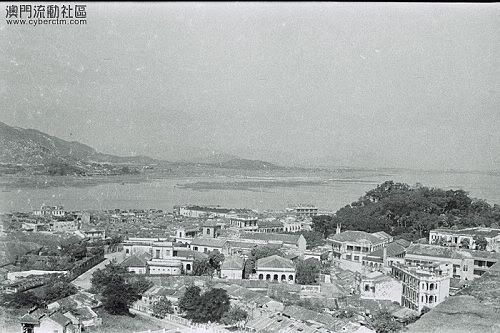
View from Fortaleza do Monte towards Penha Hill
大炮台望向主教山一帶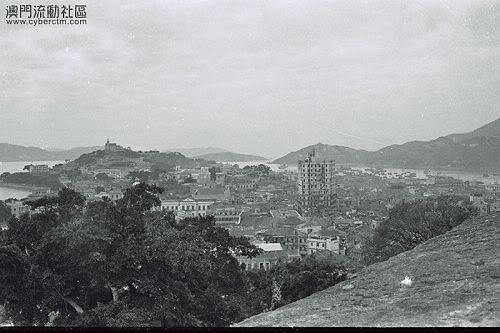
1960's Sai Van
1960年代半邊橙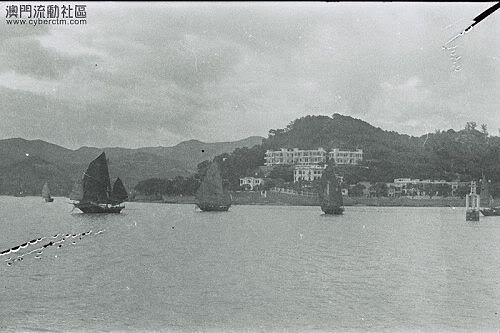
1960's Sai Van
1960年代半邊橙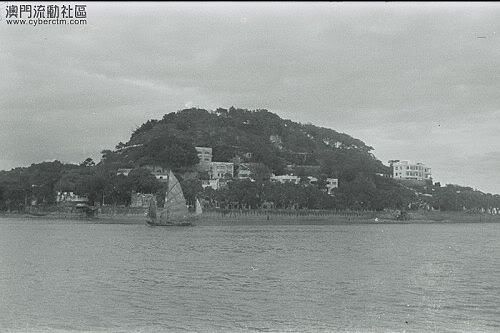
Old Furniture Shop
舊傢俱行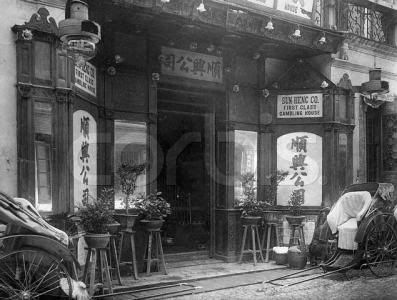
Nam Van Marine Office
南灣海事處
Double Deck bus in Macau, it was appeared in Macau for a very period only
雙層巴士在澳門只在七十年代澳氹大橋建成後一段短時間出現過, 相信現在很多澳門人都未曾見過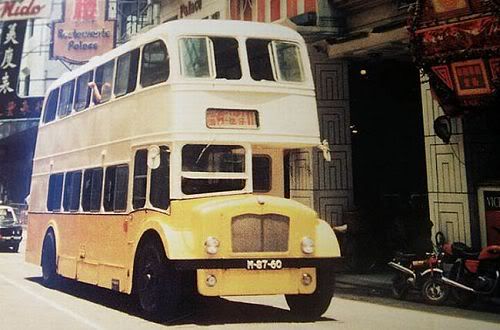
Big Mansions in Macau - 1970's
1970年代的大宅
Portas do Cerco - 1910's
1910年代的關閘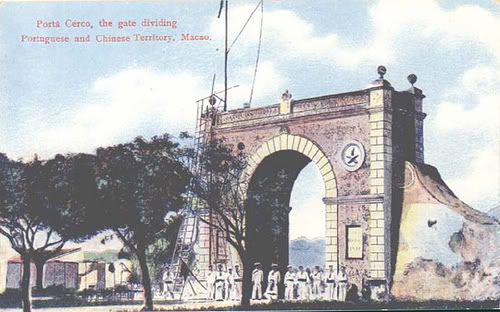
A Ma Temple - 1895
1895年的媽閣廟
Jardim de S. Francisco - 1910's
1910年代的加思欄公園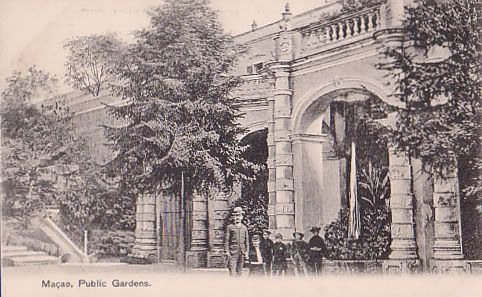
Nam Van - 1910's, the building on the left hand side is the Post Office
1910年代的南灣, 左邊最大的建築物是郵局
View from Penha Hill towards Guia Hill
1910年代從主教山望向東望洋一帶, 南灣是明顯的一個海灣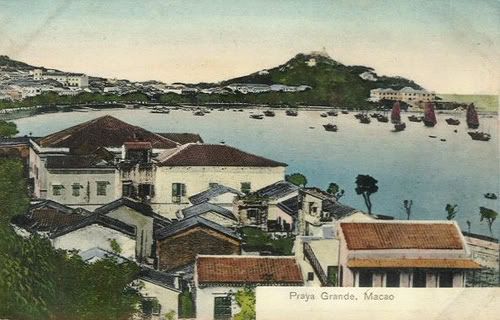
Fishing at Nam Van - 1925
1925年南灣, 漁民正撒網捕魚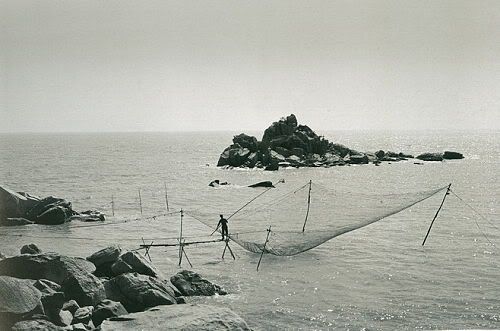
The statue of João Ferreira do Amaral - 1970's
1970年代的銅馬像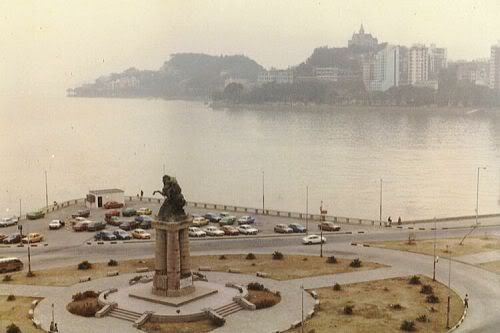
Fountain at Senado Square - 1970's
1970年代的議事亭前地噴水池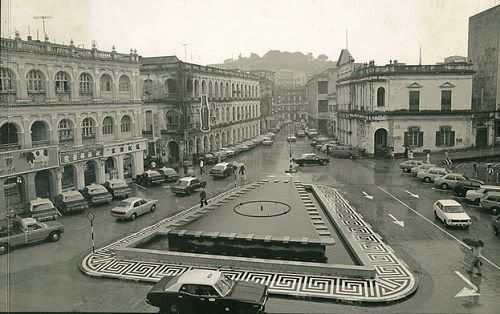
Tauromaquia - 1960's (Current site of Hotel Beverly Plaza)
1960年代的鬥牛場 (現時的富豪酒店所在地)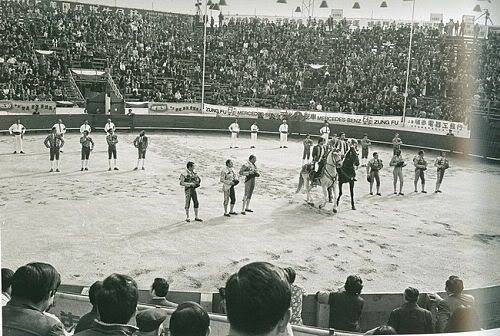
Centro Hospitalar Conde de São Januário - 1950's
1950年的仁伯爵 (山頂) 醫院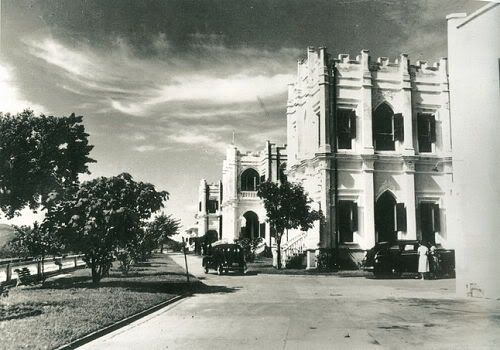
Jardim da Vitória - 1935
1935年荷蘭園得勝花園記念碑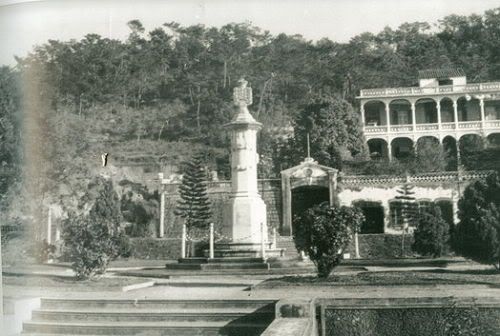
Nam Van Theatre
南灣戲院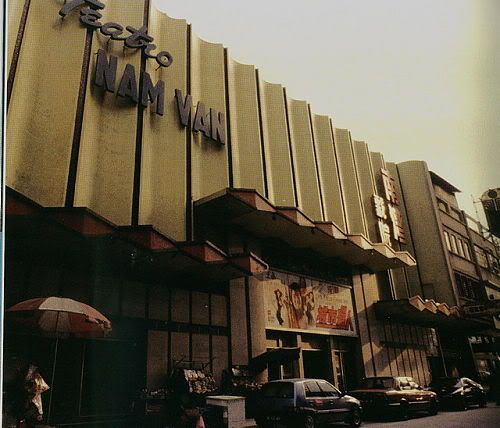
Statue of João Ferreira do Amaral at Nam Van
南灣的銅馬像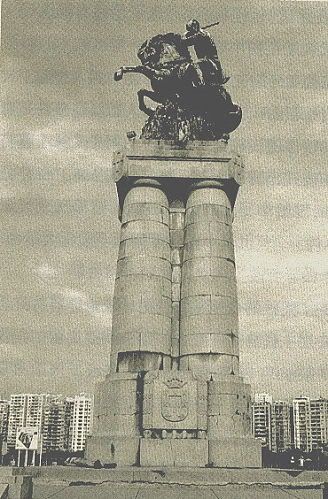
Posted by seemacau at 3:33 AM 0 comments
Labels: Historical Sites, Portuguese Architectures
Tuesday, March 17, 2009
Macau in the past - Second Series 昔日澳門 II (昔日澳门 II)
Pic Source : 西環的黃金歲月
Status of Nicolau Vincente de Mesquita in the 60's
1960年代新馬路的美基士打銅像, 那時還未有噴水池, 在「一二三事件」中被示威群衆拉倒, 後來才改為一個大的梯形的噴水池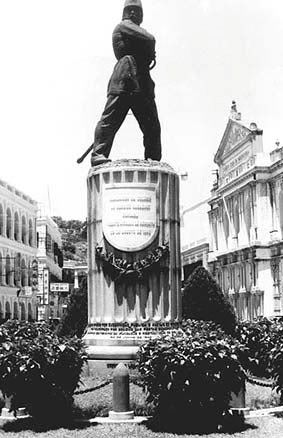
Avenida Almeida Ribeiro
新馬路舊貌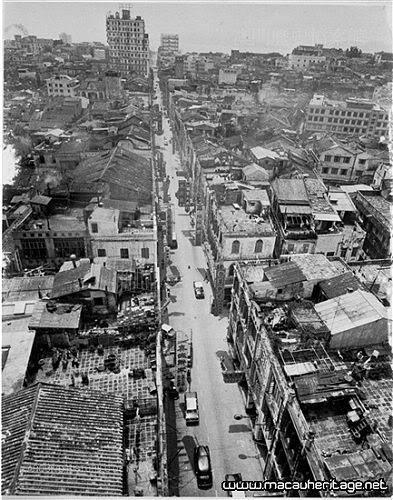
Pailou at Avenida Almeida Ribeiro
1964年國民黨國慶在郵局樹立的牌摟, 在「一二三事件」發生後, 國民黨再也不能在澳門進行慶祝雙十節的活動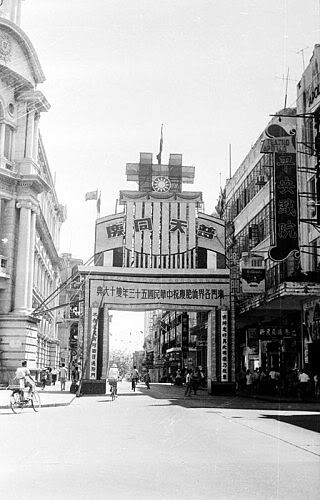
Outer Harbour
外港舊貌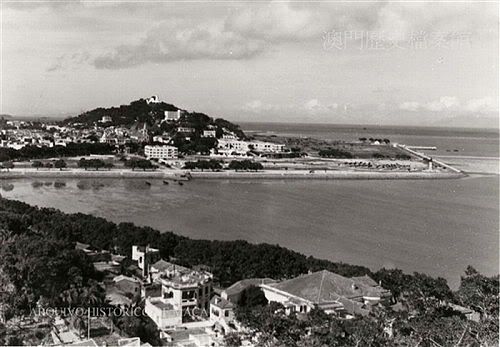
Outer Harbour
外港舊貌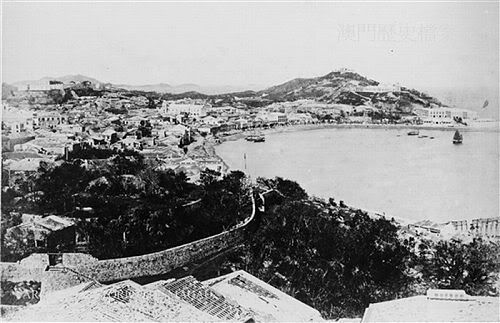
View from Fortaleza do Monte
大炮台遠眺
Quartel dos Mouros
水師廠舊貌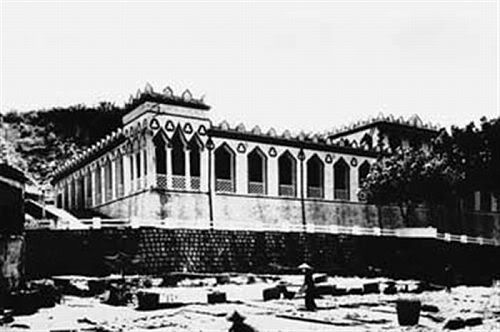
Ruins of St.Paul
大三巴舊貌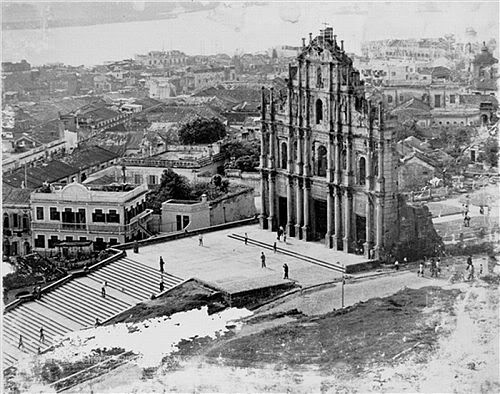
Ruins of St.Paul
大三巴舊貌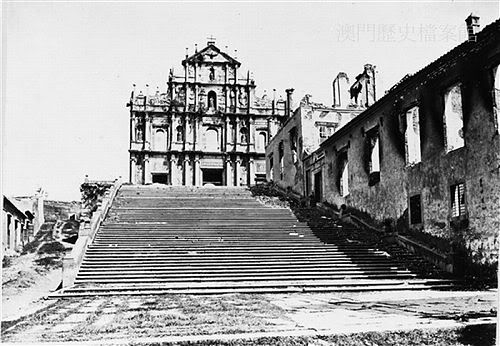
Santa Casa da Misericórdia
仁慈堂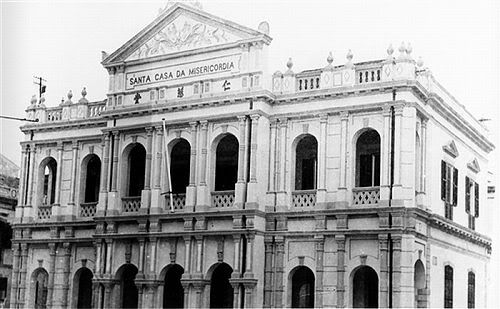
João Ferreira do Amaral
銅馬像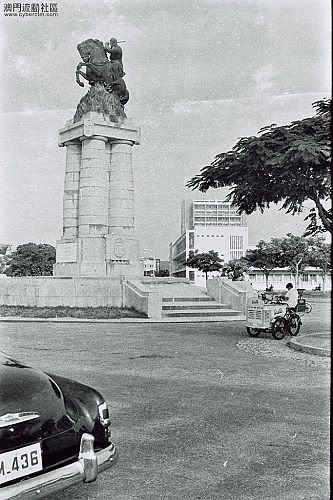
Near Ma Kok Ship Factory
媽閣船廠附近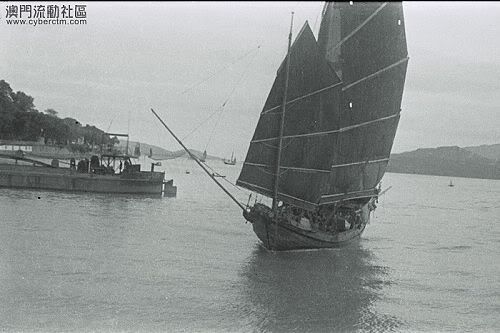
The current site of the Maritime Museum
現今海事博物館碼頭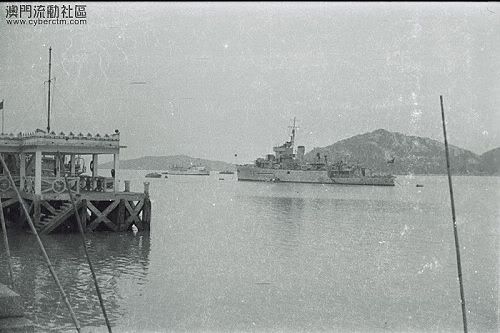
Nam Van
南灣一帶 松山燈塔清晰可見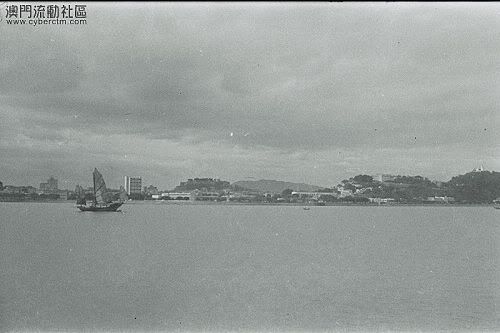
Praça de Ponte e Horta
司打口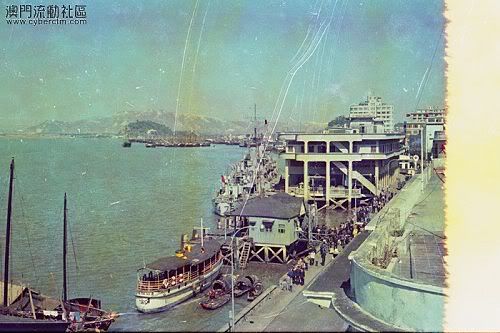
Sai Van
西灣一帶
Nam Van
南灣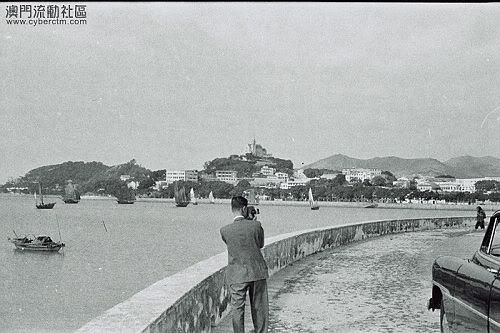
Inner Harbour
內港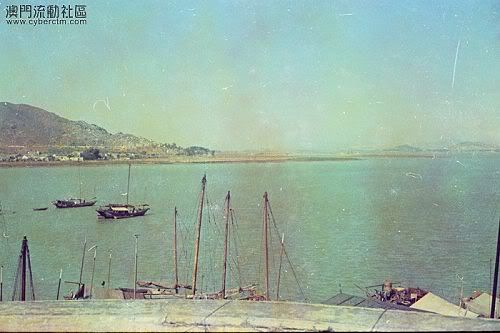
View from Fortaleza do Monte towards the Inner Harbour
大炮台望灣仔內港一帶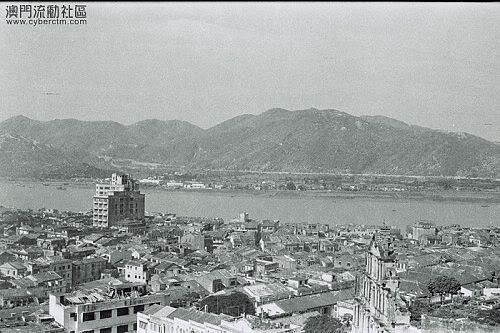
View from Fortaleza do Monte towards Fai Chi Kei and Cheng Chao San
大炮台望向筷子基青洲山一帶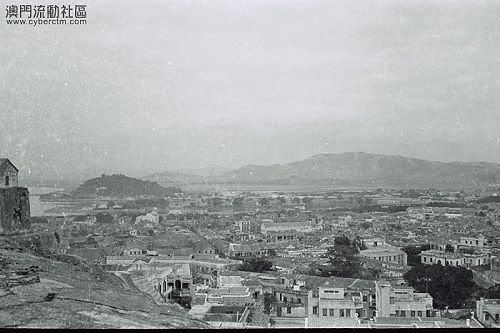
View from Fortaleza do Monte towards Avenida de Almeida Ribeiro
大炮台望向新馬路一帶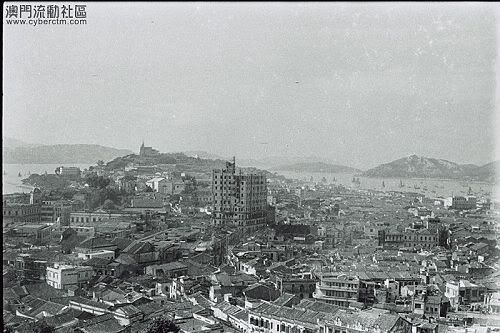
View from Fortaleza do Monte towards Areia Preta
大炮台望向黑沙灣一帶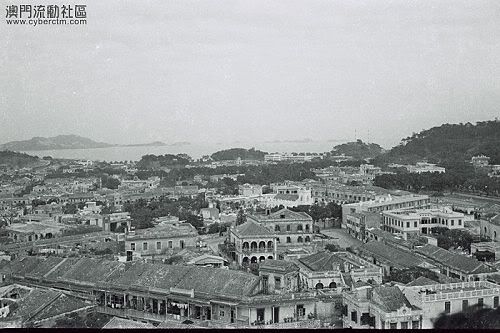
Posted by seemacau at 3:33 AM 0 comments
Labels: Historical Sites, Portuguese Architectures
Saturday, May 24, 2008
Procession of St. Anthony 澳門聖安多尼聖像巡遊 (圣安多尼圣像巡遊)
St. Anthony's Feast is celebrated in Macau every year. This year it will be celebrate on the Sunday evening of June 15. Followers and well-wishers will walk from St. Anthony's Church to the nearby Camões Garden bearing the statue of St. Anthony, and the procession will return to the church when completing the mass.
Time: 6:00 pm
Starting point: St. Anthony's Church
每年6月13日是聖安多尼節, 澳門將在6月15日舉行一年一度的聖安多尼聖像巡遊。
活動在澳門三大古老教堂之一的聖安多尼教堂 (建於1638年) 舉行。信徒抬著聖像從聖安多尼教堂出發步行至白鴿巢前地,彌撒後再折返教堂。
時間:下午6時
起點:聖安多尼教堂
Pics Source : blogs.yahoo.co.jp/mori2hk/folder/1223119.html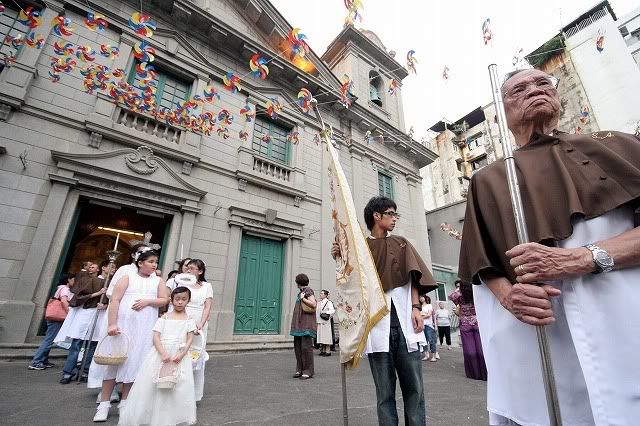
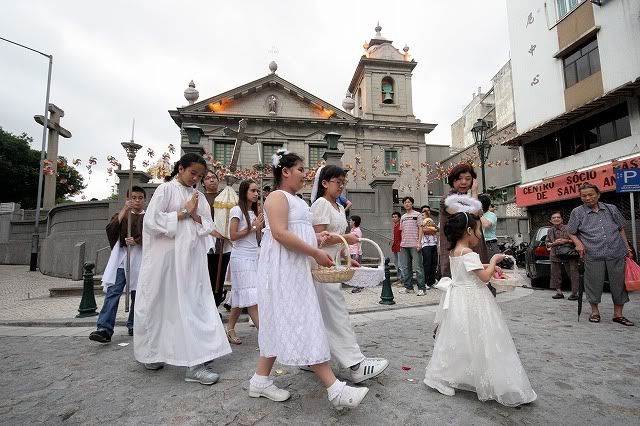
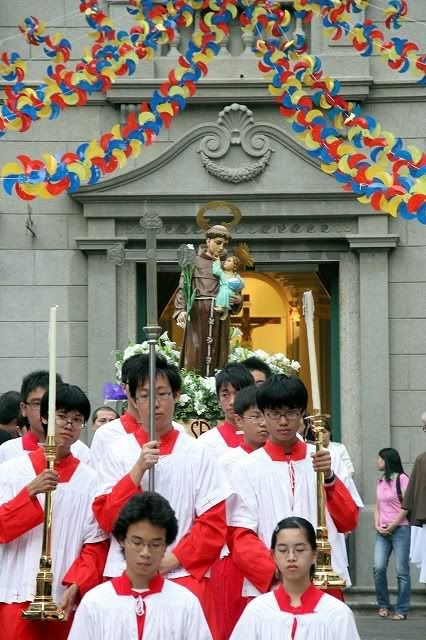
Posted by seemacau at 6:45 PM 0 comments
Friday, March 28, 2008
St. Joseph's Seminary and Church - 聖若瑟修院 (圣若瑟修院)
Located on top a hill called Mato Mofino in the southeast section of Macau, the Seminary was founded by the Jesuits in 1728 where they educated many young Macanese and foreigners.
The construction of St. Joseph’s Seminary Church began in 1746 and was completed in 1758. This church was opened in 1758 as part of the Jesuit seminary of St. Joseph. However, the despotic Marquis of Pombal in 1758 had the Jesuits removed. The latin shape church is a fine example of Baroque architecture.
The floor plan of St. Joseph follows the cruciform shape and also has a high domed ceiling which gives this church exceptional acoustics. Sometimes musical concerts such as the International Music Festival can be done here. The architectural design of the Seminary building is simple while the Church is renowned for its elaborate baroque style. The main building of the seminary was restored three times, in 1903, 1953 and 1995.
The seminary building is a simple, neo-classical compound designed with an internal cloister garden. The seminary was constructed primarily of grey brick, the solid walls stand on granite foundations. It originally had only two floors and a third one was added at the end of the 19th century. The seminary’s main entrance is on Seminario Street, access can also be gained via a flight of 54 granite steps, through a wooden door to the right of the church’s forecourt. A door beside the altar leads to an exquisite walled garden, containing an ancient well and plant nursery.
聖若瑟修院於1728年由耶穌會士創辦。 在二百多年的辦學過程中, 聖若瑟修院培養了許多中國和東南亞各地教會的人才, 被老一輩的澳門人稱為澳門天主教的“少林寺"。 與修院毗連的聖若瑟修院聖堂於1746年興建, 1758年落成, 規模僅次於耶穌會士興建的聖保祿教堂(現大三巴牌坊前身), 因此本地人又稱它為“三巴仔"。 聖堂內有奠基石及奠基紀念銅牌記載修建聖堂的日期及人員。 聖堂至1953年再被修葺形成今日規模, 具有巴羅克建筑風格。
聖堂內現存聖方濟各沙勿略(Francisco Xavier)的手肱骨, 供教徒敬禮。 沙勿略是第一位到遠東傳教的耶穌會士, 1552年死於澳門附近的上川島(St. John Island), 后被譽為東方宗徒。 該聖髑被視為東方天主教會的重要文物。 祭壇供奉聖若瑟像, 為巴羅克式設計, 裝飾甚多, 其中兩組四枝腰纏金葉的旋柱最具特色, 柱頭則以斷山花形式收結。 主堂左右分別為供奉耶穌及聖母之祭壇, 而頂部由四個帆拱頂托起的羅馬式穹窿空間, 開有三環各16個窗戶, 其中最高一環祗是象徵式的窗框線, 另兩環才具有透風及採光功能, 穹頂內側為白色, 中間是黃色的耶穌會會徽。
Posted by seemacau at 2:37 PM 0 comments
Labels: Historical Sites, Portuguese Architectures, World Heritages
St. Dominic's Church 玫瑰堂
Located right in the middle of Leal Senado plaza of Macau, St. Domingo was built by three Spanish Dominican priests in the mid 16th century. The church has been used to worship the Our Lady of Fatima - the most favorable goddess of the Portuguese. The parade of Our Lady of Fatima was held every year in May 13, began from this sanctuary inside this church.
St. Dominic's Church was originally built in wood, but finally rebuilt in stone in the year 1828. The basic layout of the church is influenced by both Portuguese and Spanish styles. The architecture is Jesuit mannerist. The ceiling of the church is fully decorated with different patterns of paintings, among the most attractive one is the one with big crown in the middle. The interior of the church is mainly consisted of colorful glass patterns, with a variety of shapes and sizes. The main altar is under the pattern of the crown. There is a statue of the sacred Mother with a sacred infant on her hands, and inside the sanctuary is the statue of Our Lady of Fatima on the altar.
The church was renovated in 1997 and opened to the public with a museum on the 1st, 2nd and 3rd floor. This museum shows paintings, sculptures and liturgical ornaments that illustrate the history of the Roman Catholic church in Asia.
玫瑰堂正名為玫瑰聖母堂及聖多明我教堂, 位於澳門的市中心, 至今已有400多年歷史。 教堂於1587年由西班牙聖多明我會所建, 奉祀玫瑰聖母 (Our Lady of the Rosary), 次年由該會的葡萄牙教士所接管。 由於起初隻由木板搭建, 故被華人稱為「板樟堂」, 直至17世紀方改為磚石的結構。 1874年曾因火災而焚毀, 當年重建后則成現在的規模。 整座教堂建筑富麗堂皇, 其巴羅克建筑風格的祭壇更是典雅精致。 教堂旁的“聖物寶庫"收藏了三百多件澳門天主教珍貴文物。 教堂於每年5月13日舉行的花地瑪聖母聖像巡游, 是澳門天主教重要的節日活動之一, 喻意提示世人勿忘聖母在葡萄牙花地瑪對三位牧童的親授經文來祈求世界和平。
Posted by seemacau at 2:36 PM 0 comments
Labels: Historical Sites, Museums, Portugal and Macau, World Heritages




















